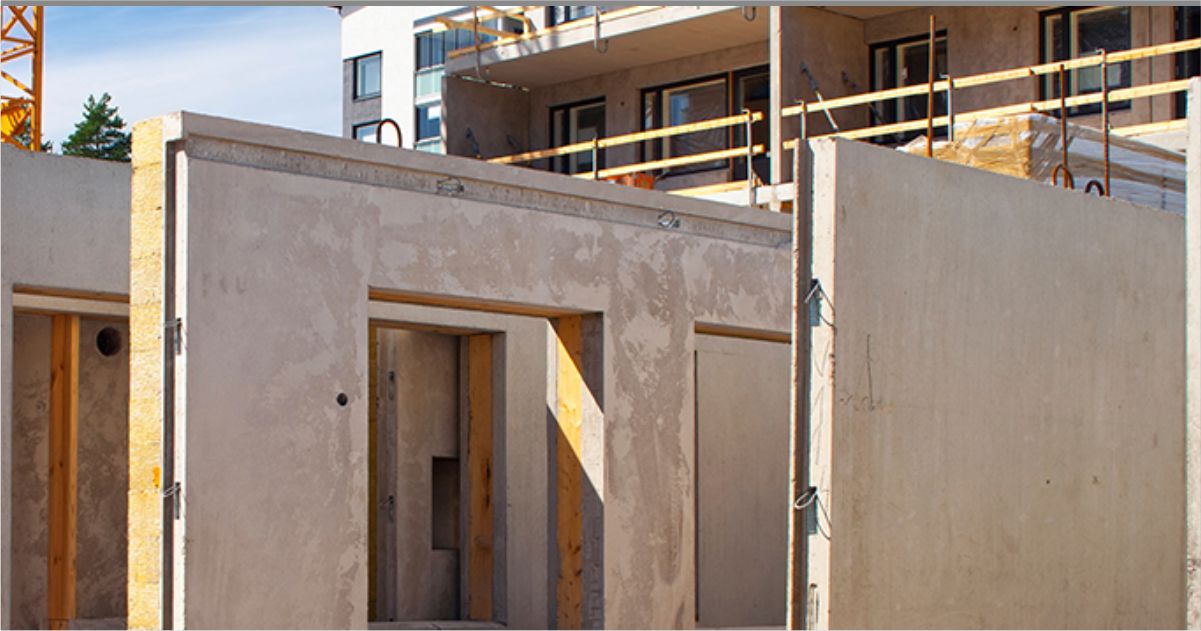
Though, precast is recently getting popular in India, rarely people know that the use of this technology dates back to mid-1950s, possibly the city of Chandigarh is the first one to use reinforced concrete in modern day India. Europe and North America had been implementing reinforced concrete for more than half a century. British Military engineers were the introducers of precast materials into the Indian construction industry. Construction costs were a huge factor in the past, leading only significant structures to use precast materials in place of the old technology for construction.
During the 1920s reinforced concrete was used in Spring Mills, Mumbai for building flats for mill workers. The engineers were British, who built these structures. In the initial days reinforced concrete was built using steel and cement. The books that were referred for designing precast structures were from UK, that the then engineers took as a guide to carry on construction. The Napier Bridge in Chennai was built near the Fort area between 1939-1943; it was the first pre-stressed concrete bridge in India. The Madras Port is built using precast piles and retaining walls between 1905-1910, which is the first recorded pile foundation with precast. The best architects of that time were involved in designing these structures.
Buildings and houses were still not using precast concrete for construction purpose. An un-named Army barrack was constructed prior to 1905 by Royal Engineers. For civilian use in 1907, the Victoria Jubilee Technical Institute, in suburban Byculla a four storey hostel was built using precast masonry. The hostel building was designed by Messrs Taraporvala, and Bharoocha & Co.
For office buildings, Bombay House was a five storey structure built in early 1920s using reinforced concrete frames. It was the headquarters and offices of the Tata Group of Companies. This building was designed by architect George Wittet, who was one of the Board of Directors in The Tata Engineering Company Ltd.
Having all these structures in the past is propelling the Indian precast industry to go all over the construction sector of the country. From small individual houses to bungalows and villas, precast construction is taking the market with storm.
Why precast being the hot favorite of home buyers?
These are the major reasons for going precast construction of houses and buildings.
- Construction is done faster, as precast needs less time to install.
- These are manufactured under automated quality controlled factories.
- These are machine-made products involving less manpower.
- Allows load bearing concrete structures in place of framed walls.
- These are weather resistant and helps build the house in any time of the year.
There are numerous prefab building solutions in the country producing both wall panels as well as floors. Initially the precast market was focused on major cities and metros only; gradually the penetration is going down to smaller cities. The longevity of the products is making the precast masonry a hit in home buyers. Now, not only the high end home owners but the average home buyers as well. The affordable housing plans are now gearing up.


0 comments:
Post a Comment